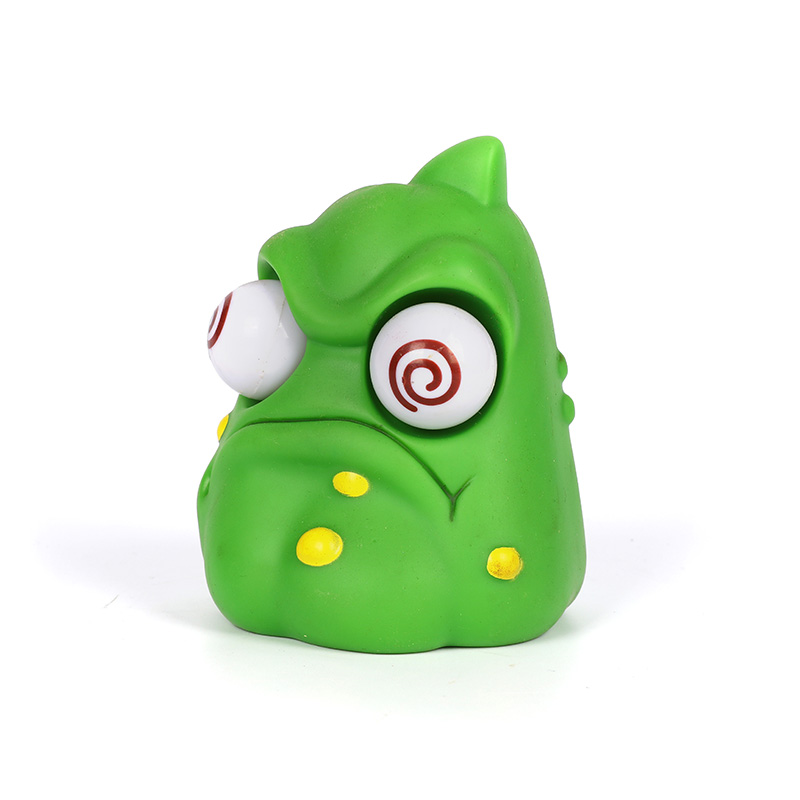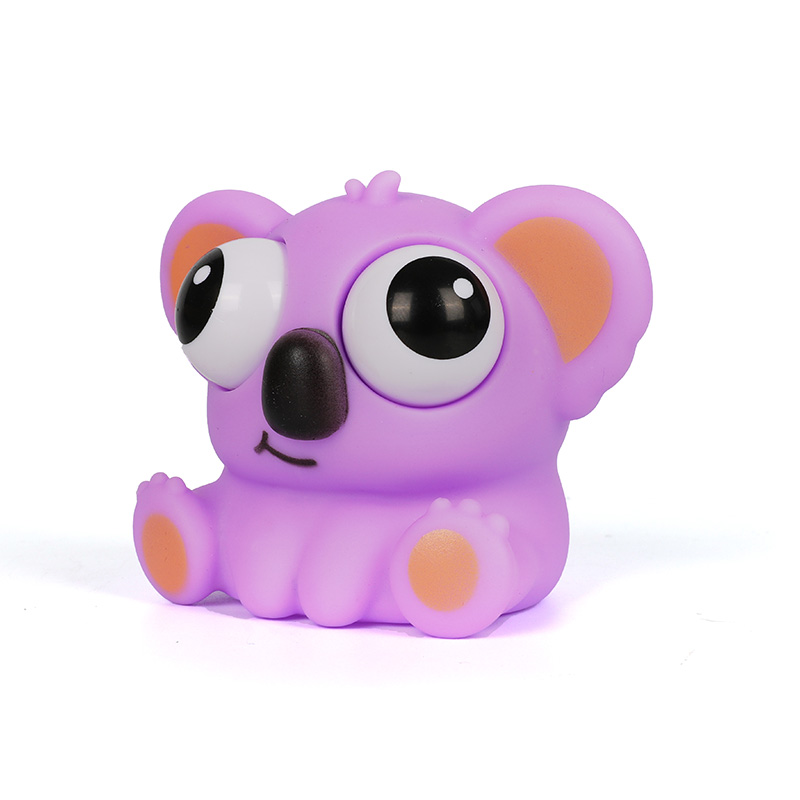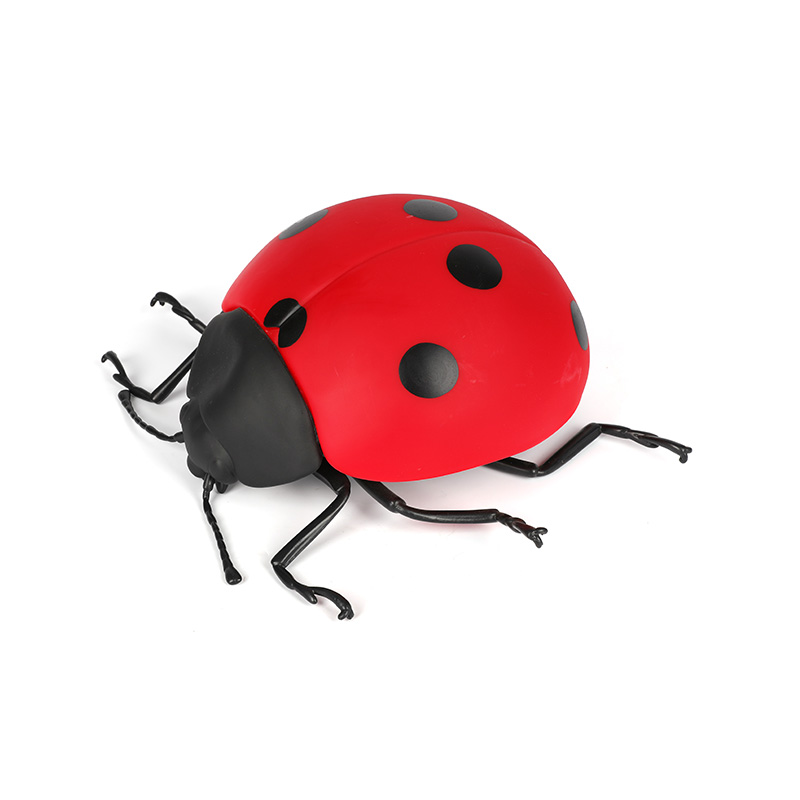- Type:
- Industry News
- Date
- 2024-Aug-16
Material Safety In The Manufacture Of Roof Night Lights And Plastic Toys
Material safety is a critical aspect of manufacturing, especially when it comes to products used in everyday life, such as roof night lights and toys made from plastic. Both of these products are often found in homes, where they are regularly handled by people, including children. Ensuring that the materials used in their production are safe is essential to protect users from potential health risks.
Importance of Material Safety
Material safety refers to the use of substances in manufacturing that do not pose harm to human health or the environment. In the context of roof night lights and plastic toys, this means that the materials should be free from harmful chemicals, should not release toxic substances under normal use, and should be durable enough to withstand everyday wear and tear without breaking down into dangerous fragments.
Common Materials Used in Roof Night Lights and Plastic Toys
Roof night lights are typically made from a combination of plastics, metals, and electronic components. The plastic used must be heat-resistant to ensure the safety of the product when in use. The metal parts, often found in the wiring and internal components, should be non-reactive and corrosion-resistant to prevent any potential hazards related to electrical conductivity.
Plastic toys, on the other hand, are usually made from polymers such as polyethylene, polypropylene, or polyvinyl chloride (PVC). These materials are chosen for their durability, flexibility, and ease of molding into various shapes. However, the safety of these plastics is a major concern, particularly because they are often handled by children who may put them in their mouths.
Material Safety Concerns
One of the main safety concerns in the production of roof night lights and plastic toys is the presence of hazardous chemicals, such as phthalates, bisphenol A (BPA), and heavy metals. These substances can have adverse effects on health, especially in young children who are more vulnerable to chemical exposure.
Phthalates, for example, are used to make plastics more flexible, but they have been linked to developmental issues in children. BPA, a chemical found in some plastics, has been associated with hormonal disruptions. Similarly, heavy metals like ideal and cadmium, sometimes used in pigments for coloring plastics, are toxic and can ideal to serious health problems if ingested or absorbed through the skin.
Regulatory Standards and Compliance
To address these concerns, various regulatory bodies around the world have established safety standards for materials used in consumer products. In the context of roof night lights and plastic toys, manufacturers must ensure compliance with these regulations to guarantee the safety of their products.
For instance, the European Union's Restriction of Hazardous Substances (RoHS) directive limits the use of specific hazardous materials in electrical and electronic equipment. Similarly, the U.S. Consumer Product Safety Commission (CPSC) regulates the safety of toys, including restrictions on the use of certain chemicals and materials.
Compliance with these standards not only protects consumers but also helps manufacturers avoid legal liabilities and build trust with their customers. It is important for companies to regularly review and update their material safety practices to ensure they meet current regulations and ideal practices.
Advances in Safe Materials
Recent advancements in materials science have led to the development of safer alternatives for use in products like roof night lights and plastic toys. Biodegradable plastics, for instance, are being explored as a safer option due to their reduced environmental impact and lower levels of harmful chemicals.
In addition, manufacturers are increasingly using non-toxic additives and pigments in their products. This shift towards safer materials not only enhances consumer safety but also aligns with the growing demand for environmentally friendly products.
Material safety is a fundamental aspect of manufacturing roof night lights and plastic toys. Ensuring that the materials used are free from harmful chemicals and comply with safety regulations is crucial to protecting consumers, particularly children, from potential health risks. As the industry continues to evolve, embracing safer materials and practices will remain a key priority for manufacturers, contributing to safer and more sustainable products for the future.


 English
English
 English
English русский
русский Español
Español











